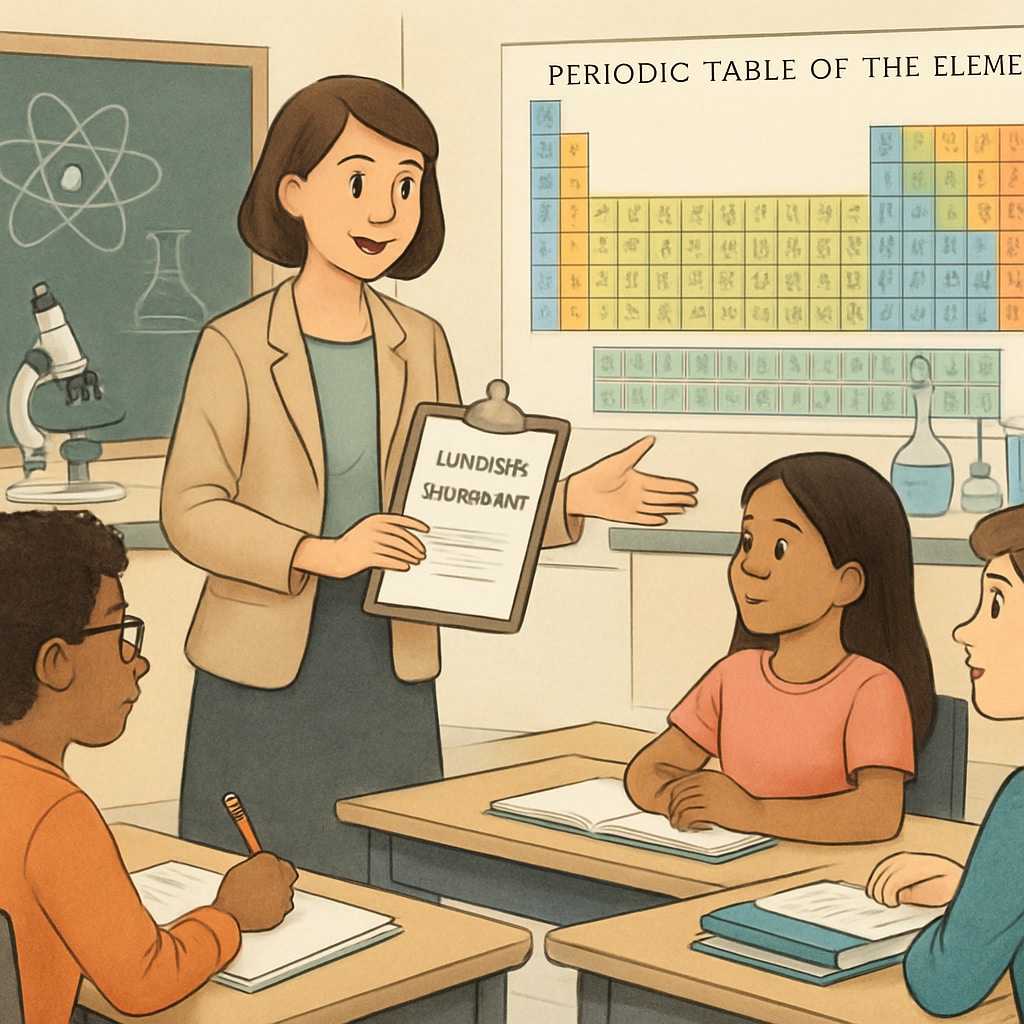Teaching high-proportion English Language Learner (ELL) science classes comes with unique challenges and opportunities. By integrating language assessment tools, differentiated teaching strategies, and culturally inclusive practices, educators can bridge language gaps and foster a supportive learning environment. This article explores effective approaches to enhance both language acquisition and scientific understanding in classrooms where ELLs form a significant portion of the student body.
Understanding the Needs of English Language Learners in Science Education
English Language Learners (ELLs) often face dual challenges: mastering a new language while simultaneously keeping up with academic content. In science education, this can be particularly daunting due to the technical vocabulary, abstract concepts, and complex processes inherent to the subject. Therefore, educators must first understand their students’ language proficiency levels and cultural backgrounds to tailor instruction effectively.
Key strategies for assessing ELL needs include:
- Administering diagnostic language assessments to identify proficiency levels in speaking, reading, and writing.
- Encouraging open communication with students and their families to better understand cultural and linguistic contexts.
- Utilizing formative assessments to adapt teaching methods in real-time based on students’ progress.

Implementing Differentiated Instruction in ELL Science Classrooms
Differentiated instruction (customized teaching to meet diverse learners’ needs) is essential in high-proportion ELL science classrooms. This approach ensures that all students, regardless of their language proficiency, can access, engage with, and excel in the curriculum.
Here are practical ways to implement differentiated strategies:
- Visual Aids: Incorporate diagrams, charts, and videos to explain scientific concepts visually, minimizing reliance on text-heavy materials.
- Collaborative Learning: Group students strategically, pairing ELLs with proficient English speakers to encourage peer learning.
- Leveled Texts: Provide reading materials at varying levels of language complexity to match students’ abilities.
- Scaffolded Instruction: Break down lessons into smaller, manageable steps and provide sentence frames or key vocabulary lists as support.
For example, when teaching the water cycle, teachers can use a mix of visual animations, hands-on activities, and simple language explanations to ensure comprehension across all proficiency levels.

Fostering Cultural Inclusivity in the Science Classroom
Respecting and integrating the diverse cultural backgrounds of ELLs can significantly enhance engagement and learning outcomes. Science, as a universal subject, provides ample opportunities to incorporate cultural perspectives and make the content more relatable.
To create a culturally inclusive classroom:
- Highlight contributions from scientists of various ethnicities and countries to show the global nature of science.
- Encourage students to share their own cultural experiences or traditional knowledge related to scientific topics.
- Celebrate cultural holidays and events, using them as opportunities to draw parallels with scientific phenomena.
For instance, linking a lesson on astronomy with cultural star-gazing traditions can make the topic more engaging for ELLs while fostering mutual respect among peers.
Measuring Success in High-Proportion ELL Science Classes
Tracking progress and measuring success are critical to refining teaching strategies. Educators can use multiple metrics, such as language development benchmarks, academic performance, and student feedback, to evaluate the effectiveness of their methods.
In addition:
- Regularly revisit language assessments to monitor improvement and adjust lesson plans accordingly.
- Incorporate self-assessment tools to empower students to reflect on their own learning journey.
- Collaborate with other teachers and ELL specialists to share insights and improve practices.
By adopting a holistic approach that combines language support, differentiated instruction, and cultural inclusivity, teachers can create an environment where ELLs thrive both academically and personally.
Final Thoughts: Teaching science in high-proportion ELL classrooms requires creativity, adaptability, and empathy. However, with the right strategies in place, educators can help students overcome language barriers and unlock their potential as future scientists and innovators.
Readability guidance: Use concise language, clear headings, and actionable steps to ensure the content is accessible to a wide audience. Incorporate transition words to maintain flow and cohesion throughout the article.


